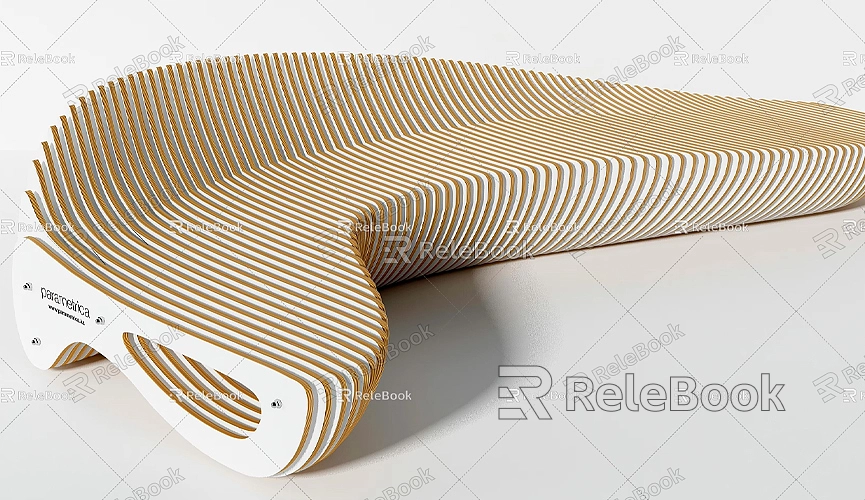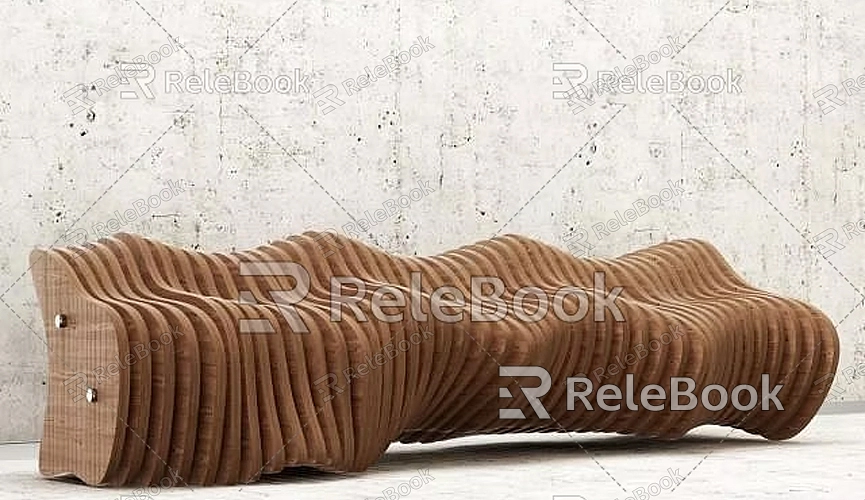How to 3D Print SketchUp Models
With the rise of 3D printing technology, more and more people are beginning to turn their creative ideas into physical models. SketchUp, as an intuitive and user-friendly 3D modeling software, has become a preferred tool for many creators. This article will provide a detailed guide on how to prepare and 3D print your SketchUp models, helping you easily bring your ideas to life.
Understand the Basics of 3D Printing
Before getting started, it’s essential to understand the fundamental concepts of 3D printing. 3D printing is a technology that manufactures objects by adding material layer by layer. Common methods include FDM (Fused Deposition Modeling) and SLA (Stereolithography). Different printing methods have varying design requirements, so it’s important to pay attention to these when modeling.

Prepare Your SketchUp Model
When creating models in SketchUp, first ensure that the dimensions and proportions are correct. You can use the "Tape Measure Tool" to measure and confirm that your model meets the actual size requirements. If you plan to print a small object, make sure its size is appropriate for your 3D printer.
During the modeling process, try to avoid using complex shapes and details, as these can affect print quality. For example, finer structures may break or fail to print during the process. Keeping the model simple and practical can significantly improve the chances of a successful print.
Ensure the Model is Closed
3D printing models must be closed, meaning all faces and edges should connect to form a complete solid. You can use SketchUp's "Solid Inspector" tool to check the model’s integrity. Ensure there are no holes or unclosed faces, which will help the printer correctly recognize and print the model.
Export to the Correct File Format
SketchUp supports various export formats, but for 3D printing, the STL (Stereolithography) format is the most commonly used. To export your model as an STL file, you need a plugin, such as the SketchUp STL plugin. After installation, go to the menu and select “File” > “Export” > “3D Model,” then choose the STL format for export.
Before exporting, make sure to select the appropriate units, usually using millimeters, as most 3D printers measure in millimeters.

Use Slicing Software
After exporting the STL file, the next step is to use slicing software to convert it into a G-code file that the printer can read. Common slicing software includes Cura, Simplify3D, and PrusaSlicer. Open your STL file in the slicing software and set printing parameters, such as layer height, infill percentage, and support structures.
Choosing the right printing parameters can significantly affect the final quality of the model. For example, a lower layer height can increase print precision but also prolong printing time. An appropriate infill percentage can maintain model strength while reducing material usage.
Check and Generate G-code
In the slicing software, you can preview the printing process to check for any adjustments needed. If everything looks good, you can generate the G-code file. This file contains instructions for the printer on how to build the model layer by layer.
Transfer to the Printer and Start Printing
Once the G-code is generated, you can typically transfer the file to your 3D printer via an SD card, USB, or Wi-Fi. Different printers have different operation methods, so refer to your printer’s user manual for specifics.
Before starting the print, ensure the printer’s nozzle and print bed are correctly calibrated and that you're using the appropriate printing material. Depending on the material chosen, you may need to adjust the printer’s temperature settings.
Monitor the Printing Process
During the printing process, it’s advisable to keep an eye on the model to ensure everything is going smoothly. If you notice any deviations, you can pause the print for adjustments.
Post-Processing After Printing
Once printing is complete, you’ll often need to perform post-processing on the model. Common post-processing methods include removing support structures, sanding the surface, and applying paint. Through post-processing, you can enhance the model’s appearance and quality.
While the process of turning a SketchUp model into a 3D printed object may seem complex, following the steps can lead to successful results. Ensuring the model is closed, choosing the right export format, and setting appropriate printing parameters are all crucial for a successful print. Additionally, don’t forget that using high-quality 3D textures and HDRIs when creating models can significantly enhance their appearance. If you need these resources, you can download high-quality 3D textures for free from [Relebook](https://textures.relebook.com/). For exquisite 3D models, visit [Relebook](https://3dmodels.relebook.com/) for a variety of quality resources.
By following these steps, you can not only bring your creative ideas to life through 3D printing but also enjoy the process and the sense of accomplishment it brings. We hope this article helps you on your 3D printing journey, inspiring you to achieve even more success!

